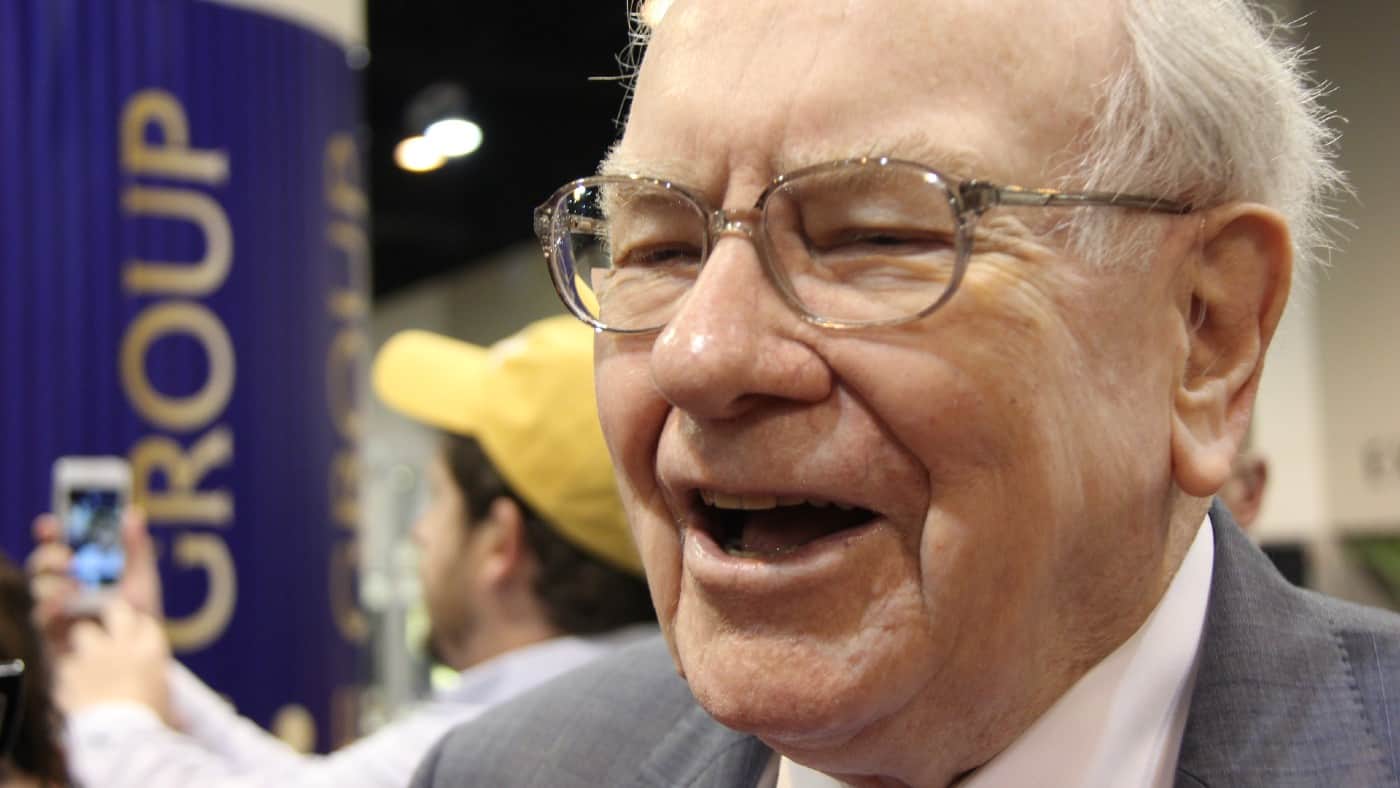Billionaire investor Warren Buffett has followed a consistent approach to finding shares to buy over the course of decades. He learnt it from Ben Graham and it focuses on three key elements. The good news is Buffett’s method is not a secret. In fact, it is easy to understand and I think any investor could choose to use it even with a small sum of money.
Here it is.
Think of a share as part of a business
Some investors see shares simply as bits of paper with a price attached. So they look at technical ways to value shares without concerning themselves about the details of a company.
Warren Buffett sees a share as a tiny slice of a business. So instead of thinking about shares in isolation, he considers whether the company in question has attractive business prospects. For example, when Buffett bought shares in Coca-Cola, he was attracted by its unique brands that help give the company pricing power and set it apart from competitors.
I think this approach makes sense. For a share to be attractive in the long term, the business concerned needs to have an appealing business future as far as Buffett is concerned.
Warren Buffett and Mr. Market
When he finds such a business, what does Warren Buffett do? Sometimes he will buy shares in it – and sometimes he will not.
Whether he does depends on the price. Although the Sage of Omaha does not exclusively focus on technical aspects of valuation, that does not mean he ignores them altogether. If he reckons a business is outstanding, he may buy its shares if he thinks they trade at a fair price. But if they seem too expensive, he will not buy them yet. Even a great company can make a bad investment if you overpay for it.
This is the second Ben Graham idea Buffett employs: seeing the stock exchange as “Mr. Market”. Mr. Market constantly offers to sell you shares at a price, or buy them from you. But investors do not need to take Mr. Market up on that offer. Buffett sometimes waits for years before seeing an opportunity to buy shares in a business he likes at a price he finds attractive. He does not rush.
Margin of safety
The third of Graham’s concepts Buffett uses when buying shares is looking for a margin of safety. He does not look for businesses that are only slightly better than average. He hunts for outstanding firms.
The unexpected can always happen even to the best-run firm. By trying to buy shares in outstanding businesses at a fair price, Warren Buffett aims to build in a margin of safety. Even if the firm does not live up to his expectations, hopefully it could still do well enough to help him make a positive return on his investment over the long term.
I follow Buffett’s principles when looking for shares to add to my own portfolio. They have worked well for him, after all!
